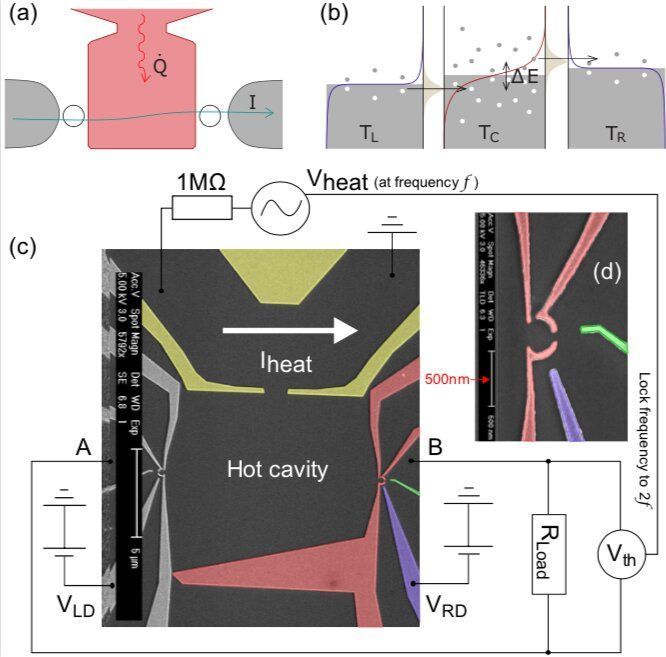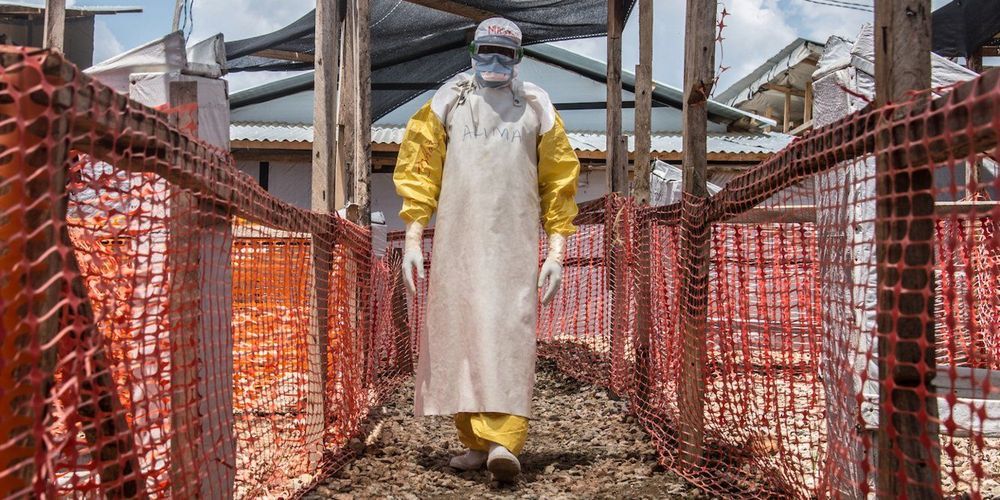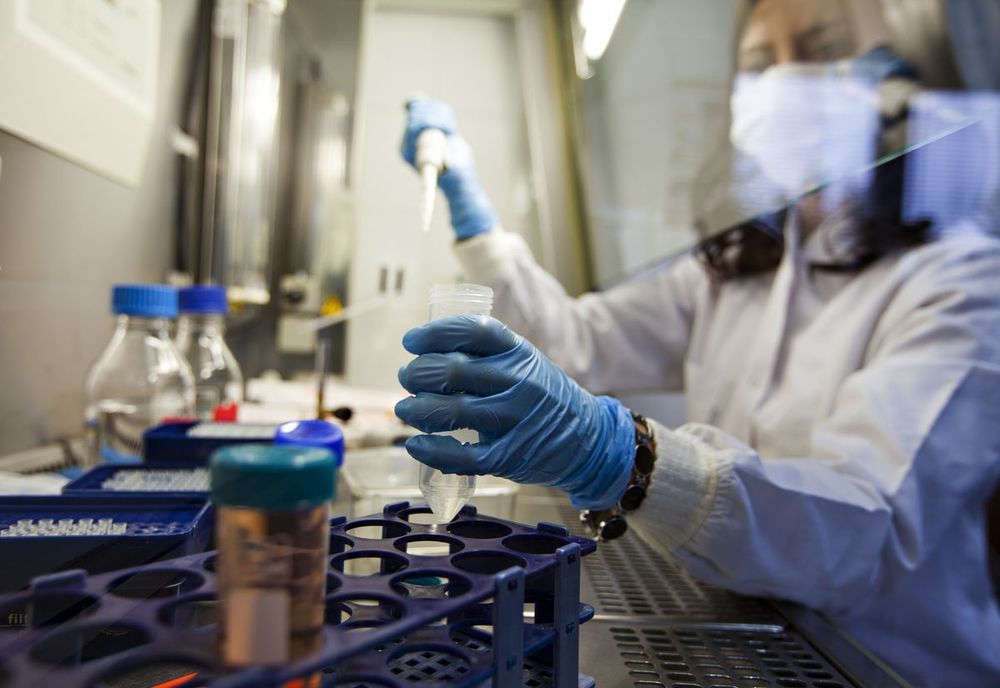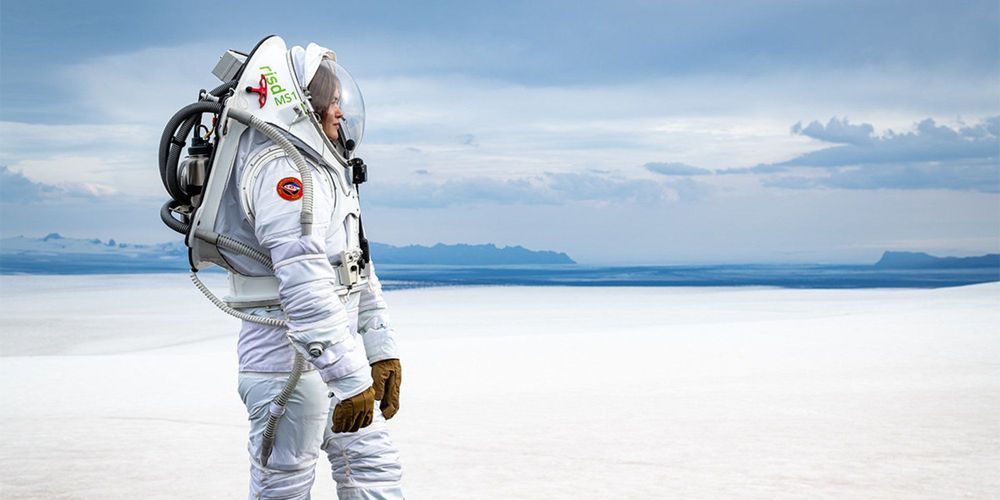Bots built by artificial intelligence lab OpenAI worked together to find solutions to problems that humans hadn’t thought of.
Over the past few years, thermoelectric generators have become the focus of a growing number of studies, due to their ability to convert waste heat into electrical energy. Quantum dots, semiconductor crystals with distinctive conductive properties, could be good candidates for thermoelectric generation, as their discrete resonant levels provide excellent energy filters.
In a recent study, researchers at the University of Cambridge, in collaboration with colleagues in Madrid, Rochester, Duisburg and Sheffield, have experimentally demonstrated the potential of an autonomous nanoscale energy harvester based on resonant tunneling quantum dots. This harvester is based on previous research carried out by part of their team, who had proposed a three-terminal energy harvester based on two resonant-tunneling quantum dots with different energy levels.
The energy harvester device was realized at Cavendish Laboratory in Cambridge by a researcher called Gulzat Jaliel. The original theoretical proposal for the device, however, was introduced by Andrew Jordan in 2013, and the theoretical work behind the harvester was carried out by him in collaboration with renowned semiconductor physicist Markus Büttiker and a team of post-doctoral students in Geneva.
An outbreak could easily spread around the globe in 36 hours, sickening millions and costing $3 trillion. Epidemiologists say we’re not prepared.
The world is unprepared for a global pandemic that could wipe out 80 million people in less than 36 hours along with 5% of the global GDP, a new report from the WHO says.
Can you wear that on Mars?
Posted in space travel
If you can’t get to Mars, what’s the next best thing? Apparently Iceland. A team of renowned explorers and researchers recently journeyed to Iceland to test a Mars analog suit in a Martian-like environment.
The United sponsored expedition, led by The Explorers Club — an internationally recognized organization that promotes the scientific exploration of land, sea, air and space — and in partnership with Iceland Space Agency, involved the team venturing inside the Grímsvötn volcano and across the Vatnajökull ice cap. The group traveled to the remote location and lived for six days in the Grímsvötn Mountain Huts and endured harsh weather conditions and unstable terrain.
Lunar Polar Mining Technology
Posted in space
≈2 km craters near the lunar poles provide landing sites on permafrost with permanent sunlight low enough to reach with solar arrays on deployable masts. Radiant Gas Dynamic (RGD) mining in small polar craters will allow human exploration of the Moon at vastly reduced cost. RGD mining combines radio frequency, microwave, infrared, and optical radiation with a surface-enclosing cryotrap and instrumentation to enable large scale (1,000s of tons/yr) ISRU without excavation equipment.
We’ve all heard that the future menu may involve less meat and dairy. But don’t worry, we could have customised diets, outlandish vegetables, robot chefs and guilt-free gorging to look forward to instead. And we reckon that makes up for missing out on the odd sausage.
Moon pirates, killer space monkeys and some serious father issues are all thrown at Brad Pitt in ‘Ad Astra.’
We’re continuing to release talks from Ending Age-Related Diseases 2019, our highly successful two-day conference that featured talks from leading researchers and investors, bringing them together to discuss the future of aging and rejuvenation biotechnology.
Dr. Greg Fahy of Intervene Immune gave a presentation about his company’s Phase 1 human trials in which the thymus, a critical organ of the immune system, was regenerated through a combination of existing drugs, restoring immune function and causing epigenetic biomarkers to show rejuvenation.








